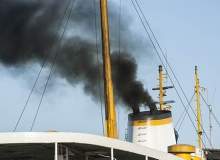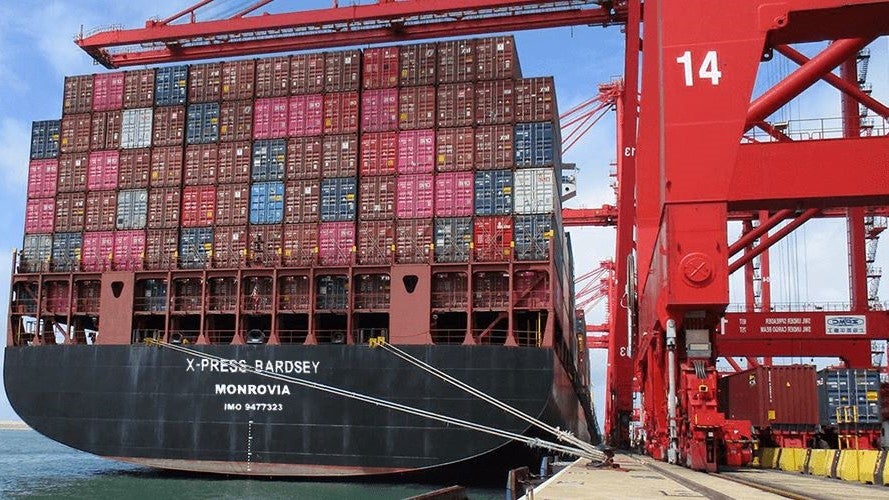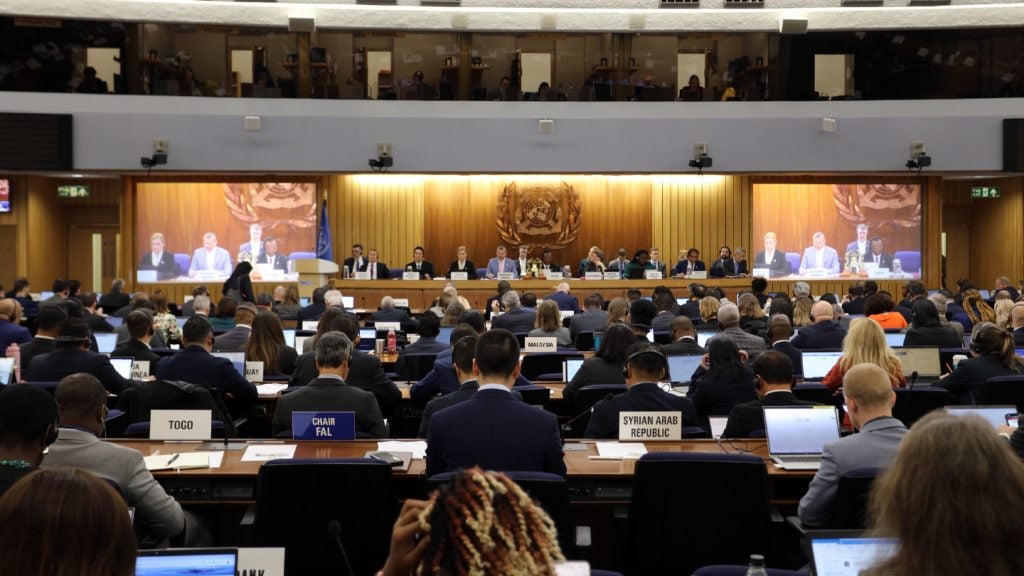

There are two emission control areas (ECA) established areas in Europe: the Baltic Sea ECA (as defined in Annex I of MARPOL) and the North Sea ECA (as defined in Annex V of MARPOL) and these are for sulphur oxide (SOx) only. ECA nitrogen oxide (NOx) areas (and SOx) exist in the North American area and the United States Caribbean Sea area, but there are none in Europe, as yet, for NOx. This legislation, however, was due to be introduced in Europe in 2016 or 2021, with many ship owners and companies already making expensive changes to their vessels so they would be in line with the new laws.
European Parliament rejects NOx start date and monitoring
However, a recent vote at the European parliament saw MEPs vote monitoring, reporting and verification (MRV) of NOx down and abandoning the fixed start date, even though MRV of CO2 emissions was approved and will go to the next legislature. These decisions have surprised and outraged environmental groups, such as Transport & Environment (T&E).
“Air pollution from shipping, of which NOx and SOx emissions are a big part, accounts for about 50,000 premature deaths per year in Europe,” says T&E’s shipping policy manager, Bill Hemmings. “The growth of these emissions, which contribute to acid deposition, formation of deadly fine particles and ozone smog means levels are now on the verge of exceeding all land-based sources combined. NOx from shipping is set to exceed NOx from all other EU sources by 2020 and no regulatory action to prevent it is on the horizon before then.”
Background of ECA NOx
The International Convention for the Prevention of Pollution from Ships (MARPOL) has been the basis of legislation reducing the amount of NOx and SOx emissions from ships. The MARPOL Convention was first adopted on 2 November 1973 at the International Maritime Organization (IMO), but it is the Annex VI Prevention of Air Pollution from Ships in which more stringent standards for NOx and SOx and particulate matter were set, coming into force on 19 May 2005.
Ship owners and builders are being forced to consider a range of solutions to comply with IMO regulations.
How well do you really know your competitors?
Access the most comprehensive Company Profiles on the market, powered by GlobalData. Save hours of research. Gain competitive edge.

Thank you!
Your download email will arrive shortly
Not ready to buy yet? Download a free sample
We are confident about the unique quality of our Company Profiles. However, we want you to make the most beneficial decision for your business, so we offer a free sample that you can download by submitting the below form
By GlobalDataTo date it has been North American and US Caribbean Sea areas that have been affected by ECA-NOx legislation, despite the European Economic Area having 40% of the global commercial fleet. The changes have been introduced over three steps, the first two not being too disruptive, but Tier III requires substantial changes to operational procedures or engine design.
For ships built from 1 January 2000, the range of 9.8-17.0 g/kWh (grams of NOx per kilowatt-hour) depending on engine rated speed was introduced. On 1 January 2011, in the second Tier of control, the range was reduced to 7.7-14.4 g/kWh, but with Tier III, the limit is due to be restricted yet further to 2.0-3.4 g/kWh. Meeting this limit requires substantial changes to vessels.
Reduced NOx saves lives and money
The Commission’s Communication to the European Parliament back in 2002, “Strategy to reduce atmospheric emissions from seagoing ships”, and the “Thematic Strategy on Air Pollution” underline the importance of reduction of emissions of NOx. The latter set objectives for emissions control, such as 47% reduction in loss of life expectancy as a result of exposure to particular matter, and 10% reduction in acute mortalities from exposure to ozone. To achieve the objectives it stated that NOx emissions needed to decrease by 60%.
“In terms of health, the savings that will be made as a result of the Strategy are estimated at €42bn per annum,” said the report. “The number of premature deaths should fall from 370,000 in 2000 to 230,000 in 2020 (compared with 293,000 in 2020 without the Strategy).”
Despite the reaction to the MEP’s rejection of NOx emissions, the final decision has not been made yet as the vote which took place was a first reading position. Parliament and Council (EU ministers) must now negotiate a “common text”, then a plenary vote will take place. But as the MEP in charge of steering the legislation through Parliament, Theodoros Skylakakis, is not running for re-election, the file will be passed to another MEP from the Alliance of Liberals and Democrats group.
While T&E have stated that “inexplicably, liberal MEPs rejected their own policy recommendations to include NOx and joined others in seriously undermining emissions monitoring”, some industry insiders have said that the timing for NOx monitoring was not realistic and it was important to give more time to the IMO. Although Hemmings believes that “member states and the Commission are sadly lacking in determination to address NOx emissions and this needs to change”.
Reasons supporting NOx rejection by MEPs
Before the decision took place at the European Parliament on 16 April 2014, the European Community of Shipowners’ Associations (which comprises the national shipowners’ associations of the EU and Norway) expressed in a Commission proposal, dated 11 March 2014, that inclusion of nitrogen and other greenhouse gases should not be included in the proposed EU Regulation.
While it supports the MRV of CO2, which, the association says, is the most important greenhouse gas emitted by ships, it urged legislators to “refrain from extending the scope to ships above 400GT and from including nitrogen (NOx)/other GHG emission, which would respectively result in unnecessary administrative burdens on small ships and in impractical monitoring issues in the proposed EU Regulation”.
It went on to explain: “The equipment required to monitor other emissions than CO2, such as NOx, is not sufficiently reliable, or commercially available for that matter.” Says Patrick Verhoeven, ECSA Secretary General: “Continuous NOx monitoring is much more complex and technologically challenging than CO2 monitoring. For these reasons, we strongly believe that the proposed MRV system should be implemented for CO2 emission monitoring only.”
Opportunity missed to monitor NOx
Yet Hemmings believes, “Setting up a system to monitor carbon from shipping should also be an opportunity to monitor other deadly air pollutants, but MEPs and member states are spurning this chance and swallowing the industry’s line about higher costs instead.”
However, while the NOx extension did not gain a majority at the first reading vote, the legislative vote is far from over. A new Parliament has been elected and further negotiations are due to take place. It is therefore possible that NOx monitoring could come back if EU countries support the idea, and the Italian Presidency of the Council will be pushing to conclude an agreement before the end of the year.
“The new Commission needs to take a serious look at ship air pollution which, because of its trans-boundary nature, is undermining all the enormous and costly efforts that have been made over past decades to reduce air pollution from land-based sources,” says Hemmings. “It’s only fair to ask the shipping industry to share the burden of cleaning up the air we breathe in Europe.”







